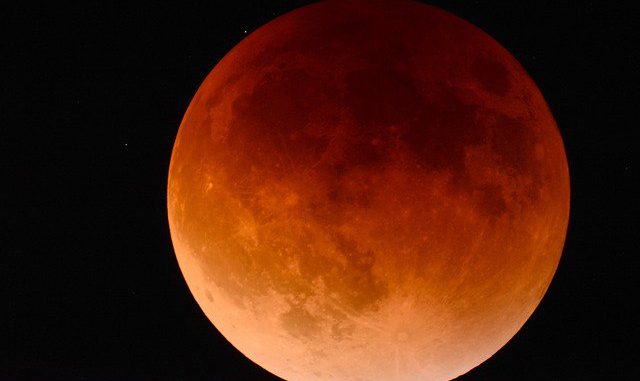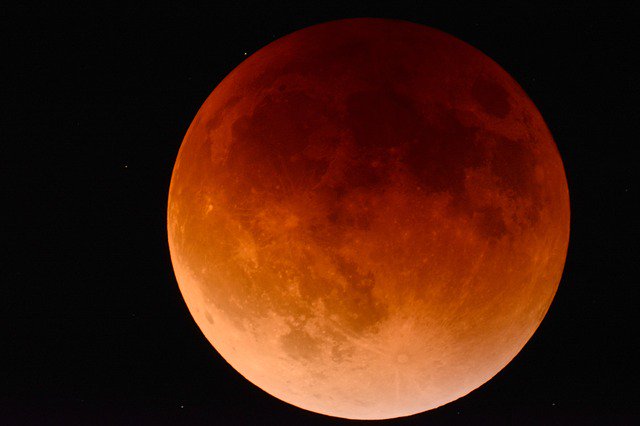
On Jan 31, 2018, this year i.e. 2018, a rarely occurring lunar phenomenon took the world by storm! The rare lunar eclipse was named Super Blue Moon, which appeared blood red in color.
This view was observed from many places in India and several other parts of Asia, Australia and North America. The last time such super lunar phenomenon was observed on December 30, 1982. NASA had a close observation on the event as this will help them to decide the landing position of a planetary rover on the natural satellite of Earth.

What this rare Super Blue Moon is?
A combination of super moon, blue moon and full lunar eclipse comprises super blue-blood moon, all three occurring at a time is indeed rare. The moon appears blood red as it passes through the Earth’s shadow during the phenomenon.
Usually, it takes 28 days for the moon to complete one revolution around the Earth. We call it blue moon when it appears full before 28 days. This blue moon appears after every 3 year on average.
The moon follows an oval shaped orbit to revolve around the planet. Therefore, it appears nearer some nights than on other nights. When the moon appears to be nearest and bigger in radius, it is known as super moon. In 2018, this super moon appeared 14 % larger and 30% brighter than the previous years.
According to Michelle Thaller, an astrophysicist in NASA, The blood moon or reddish hue occurs because of the sun’s rising and setting phenomenon all across the planet which shines back from the moon
Time and places from where the phenomenon was observed clearly in India
The event took place around 5:53:54 PM Indian Standard Time, as per the website of Nehru Planetarium. The event completed at 9:30 PM Indian Standard Time.
No special equipments were needed to see the eclipse as stated by Brian Rachford, Physics Associate Professor.
Cities that gave clear picture of the phenomenon were New Delhi, Ludhiana, Chennai, Meerut, Shimoga, Sariska and Surat. NASA played the event live on its online platform as well.
Those who missed this one can gear up for the next similar super lunar phenomenon on the last day of December, in 2028.
